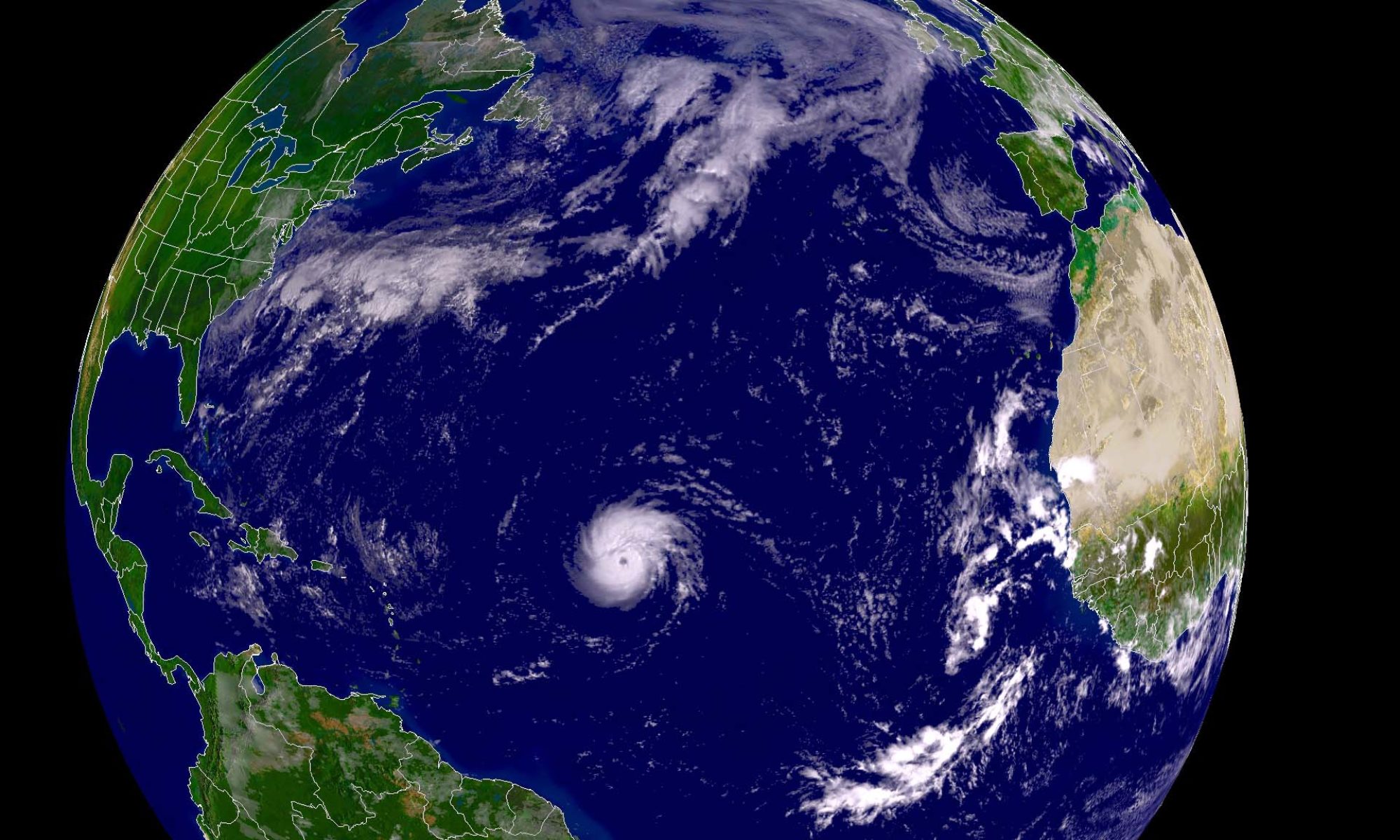It is my important discovery from the Fukushima nuclear power accident that we failed to understand radiation from nuclear bombs and the radiation from the nuclear accident are little different in terms of the risk for human life. We have long accepted the dangers of attacks by state actors with nuclear weapons, and now we understand the threat of human error and natural disasters like earthquakes, tsunamis, and volcanoes on nuclear power plants. It seems that we have missed one key piece. What about attacks on nuclear power plants? Above all, I am concerned with terrorist attacks on nuclear power plants in volatile countries.
I have met eminent opinion leaders who are against nuclear weapons but support nuclear energy because it greatly contributes to reduce carbon dioxide. Both opinions might have valid arguments but it seems to me that both have lost sight of the long term risk and consequences.
I have asked Dr. Scott Jones, an International Advisory Council (IAC) member of the Nuclear Emergency Action Alliance (NEAA), to write on the relationship of nuclear energy plants and nuclear weapons. Dr. Scott Jones was a career naval officer with extensive nuclear weapon experience. He was a qualified nuclear weapons delivery pilot, and in intelligence assignments, a Nuclear Weapons Deployment Officer, and created Nuclear Weapon Target Annexes for U.S. European Command War Plans. Following this he became special assistant to Senator Claiborne Pell He wrote an article entitled : Fading Memories and Lessons Learned.
– Akio Matsumura
What is the Relationship of Nuclear Energy Plants and Nuclear Weapons?… Continue reading

